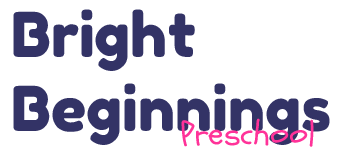Valentines Day Wind Down
Valentines Day Wind Down
Today we did a little math by graphing those cute little Valentine conversation hearts. We used terms like more/ most and less / least and yum.. these are good. 🙂

Sometimes ( Many times. No.. most of the time ) learning takes place without my intervention or planning. You will see in these pictures that Naomi is hanging up some art work. Some of the smaller kids don’t realize yet that the magnets have to go on the metal strips. Even though we show them over and over.. it just hasn’t clicked. Today it did !
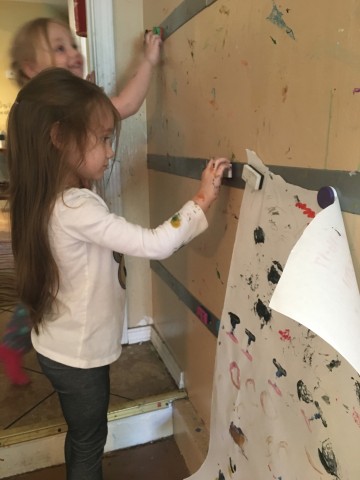
Molly was at the magnet wall too. By accident she figured out that the magnets would stick to the wall on the corner . ( There is a metal corner strip under the paint. ) The girls had a lot of fun experimenting to see where the magnets would stick and where they would fall to the ground.
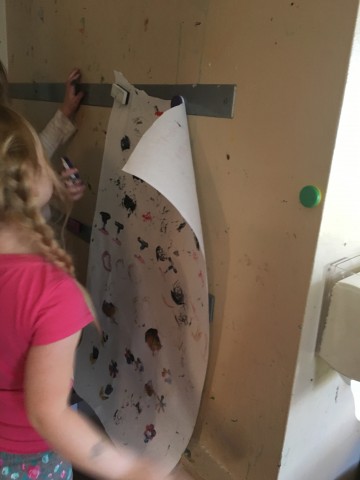
Children learn scientific concepts though real life experiences such as playing in the mud, watching new puppies , jumping in a rain puddle and playing with worms. For young children science is a natural and spontaneous process – and sometimes a messy one. ( Remember the picture of the girls yesterday ?) We can enhance children’s learning by allowing them to ” mess around ” in the physical world.
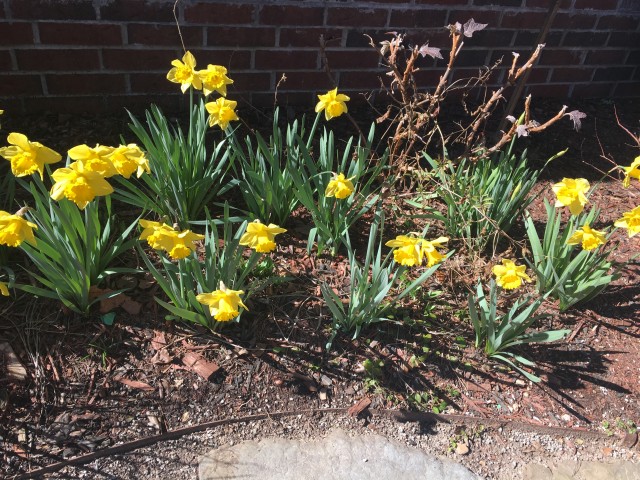
Our program promotes the development of the processes that are integral to science : observing , classifying , communicating , measuring , inferring , and predicting . Observation skills are learned by examining rocks and leaves or by noticing the changing colors of leaves. Classifying skills are learned through sorting buttons or shapes and by recognizing similarities and differences in objects.
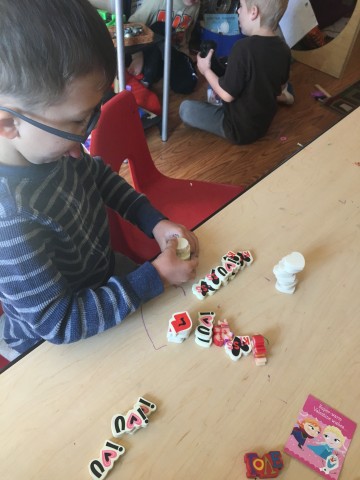
Children develop measurement concepts and skills by measuring how many hearts tall their friend is or how many blocks high their structure is. Finally, children infer and predict outcomes by guessing how many candy hearts will fit in their hand or what will happen to ice if it is left out. These are examples of ways that science is used every day.
Including children in cooking supper, planting flowers or building a chicken coop are great ways to continue the learning at home. A young child’s natural curiosity and willingness to explore new things make the preschool years the perfect time for beginning a day of fun embedded with science .
